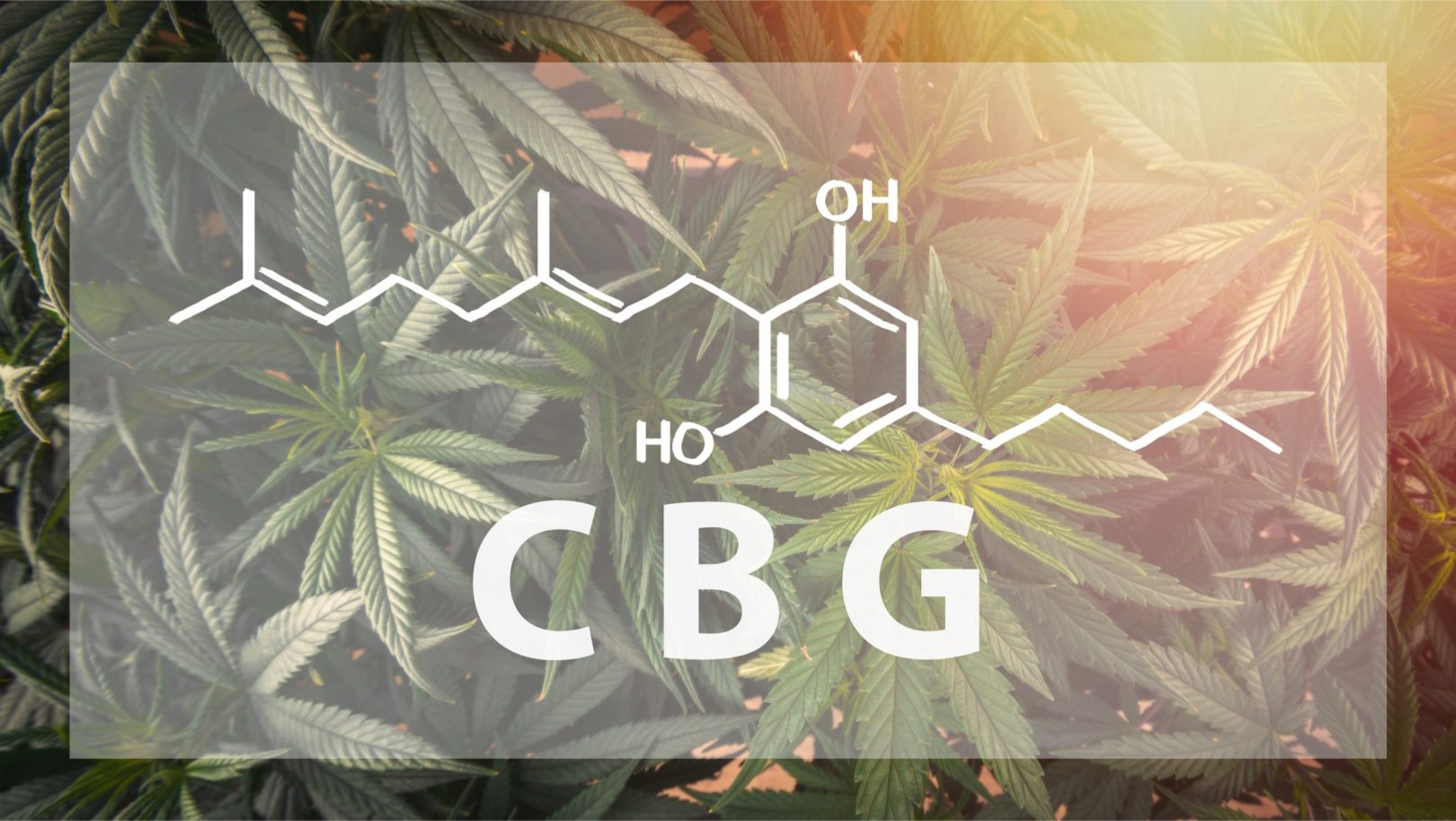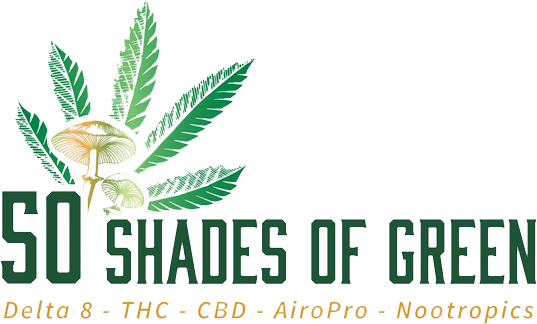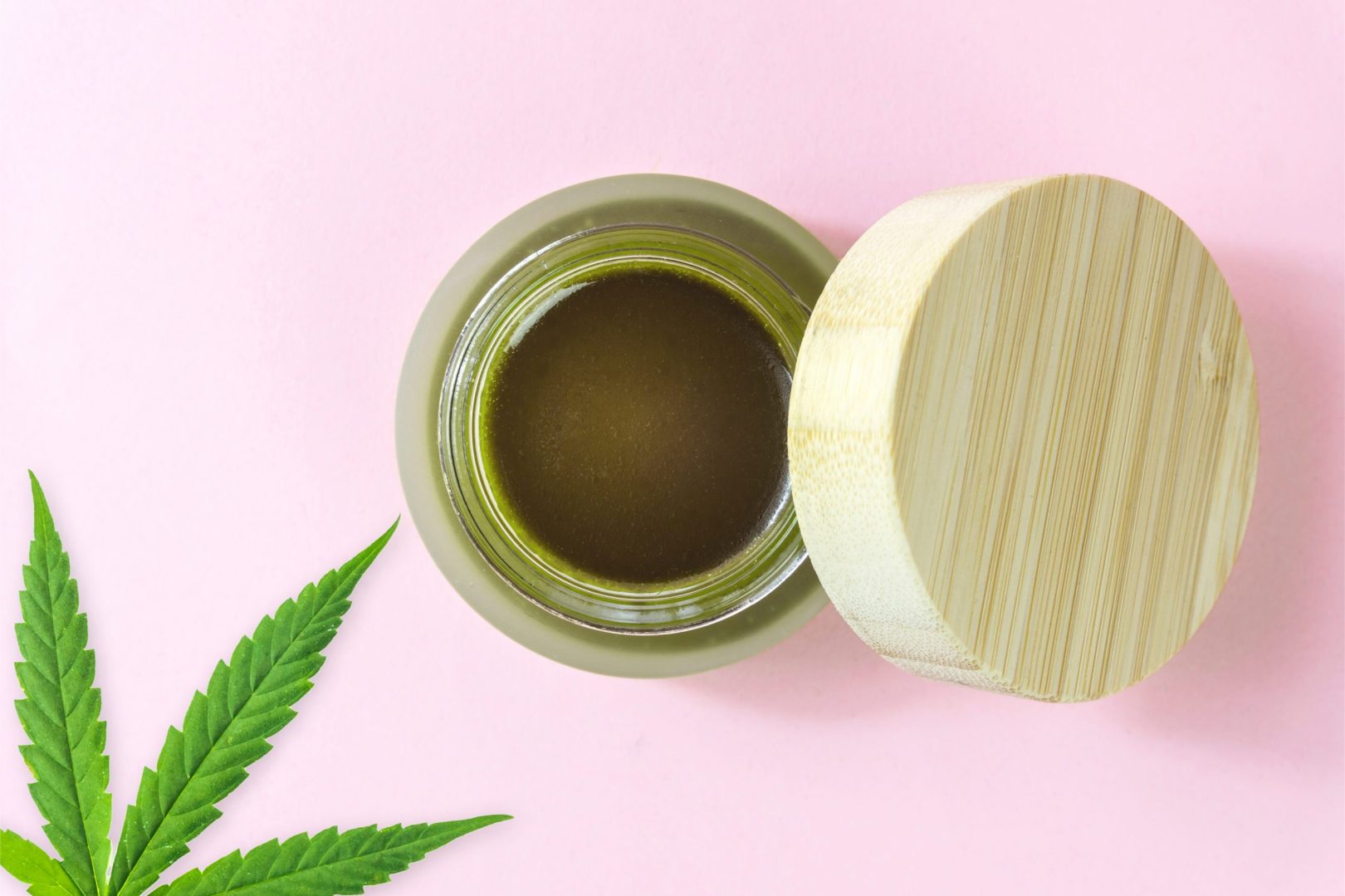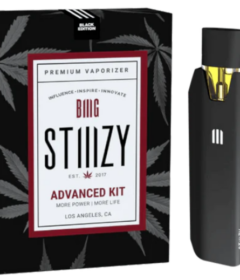Study Says… CBG For Glowing Skin

Healh & CBG
With all the new cannabinoids coming out, and the cannabis properties being studied, it’s easy to get lost in it all. We already know a lot about THC and CBD, but what about CBG? And what’s the new research pointing to CBG for skin health? Here’s a look at minor cannabinoid CBG, and the low down on how this compound can be used to keep your skin glowing.
CBG is the new word in skincare, with new research pointing to tons of benefits like hydrated skin, less inflammation and redness, and a way to lessen blemishes. If you’re trying to keep your skin looking young, CBG might be the best way to do it.
What is CBG?
CBG (cannabigerol) is a cannabinoid of the cannabis plant, much like THC and CBD. Whereas THC and CBD occur in much higher amounts, CBG is a minor cannabinoid, only showing up as about 1% of the plant. CBG exists because of the decarboxylation of cannabigerol acid, the precursor molecule to CBG. Most CBG gets converted to THC, CBD, or other cannabinoids during growth. Health benefits are constantly discovered for CBG.
This does have one important implication. Though CBG is a naturally occurring cannabinoid, (unlike delta-10 THC or THC-O-A), it doesn’t occur in large enough amounts to be able to extract it from the plant and use for products. Manufacturing products requires a good bit of a raw material, and in this case, the plant itself cannot provide enough. So any CBG products out there can only exist by synthesizing the CBG.
Only a little research has been done on CBG thus far, but as the cannabis plant gains more and more traction, each little piece of it is being examined. This past month, the first research on CBG for skin care benefits was published, which we’ll get to in a minute. It can surely be expected that more research will be out on this compound soon enough, as its thought to play a role in many things, like stimulating the appetite, as an anti-inflammatory agent, for antibacterial properties, as an antioxidant, and with neuroprotective attributes. It is not psychoactive, and it’s chemical formula is C21H32O2.
In terms of legality, CBG isn’t specifically mentioned by a UN scheduling treaty. If it’s derived from marijuana (high-THC cannabis) it’s illegal, however, if derived from hemp (low-THC cannabis) it is legal. It should be remembered, that the need to synthesize it means that anything used for products will not be hemp-derived, but synthetically derived, and therefore not covered under the 2018 Farm Bill, which legalizes hemp products if they’re actually derived from hemp.
CBG can be bought in many forms. It can be an oil, a distillate, an isolate, as a high CBG flower, in vape carts, and in edibles like gummies. It can also be found in creams and other skin care products.
Research says CBG for Health & Skin
Published January 13th, 2022, this study sheds a bit more light on CBG for the skin: In Vitro and Clinical Evaluation of Cannabigerol (CBG) Produced via Yeast Biosynthesis: A Cannabinoid with a Broad Range of Anti-Inflammatory and Skin Health-Boosting Properties. One of the findings of the study is that CBG has shown to regulate more genes than CBD, which include several related to skin health.
When skin cells were triggered to produce a cytokine reaction and show oxidative stress, it was shown that “CBG and CBD reduce reactive oxygen species levels in HDFs better than vitamin C.” CBG went a step further, inhibiting pro-inflammatory cytokine releases from inflammatory inducers like ultraviolet A (UVA), ultraviolet B (UVB), chemical, and C. acnes, much of the time more potently than CBD.
Study investigators used 20 subjects, who were given a 0.1% CBG serum, or placebo, which was put on the skin for two weeks after the skin was irritated by sodium lauryl sulfate (found in nearly every hair washing product). The CBG serum caused a statistically significant improvement over the placebo for transepidermal water loss, and reduction in redness.
The study went on to say, “While CBD and CBG modulate many targets at the gene level, the data presented here demonstrate that CBG has greater potency in modulating specific cutaneous targets.” They explained why this might be, saying, “CBG has previously been reported to act as a partial agonist for both CB1 and CB2, while CBD does not bind to CB2, but may affect CB1 receptor activity via an indirect method. Thus, we can speculate that CBG’s ability to modulate both cannabinoid receptors may lead to its improved activity and efficacy in skin.”
The study authors concluded: “We demonstrate for the first time that minor cannabinoid CBG, when applied topically, clinically promotes skin health by reducing the appearance of redness and improving barrier function better than a placebo. Based on the data presented here, CBG is an attractive new candidate for dermatological use, outperforming its more well-known derivative, CBD, in several in vitro studies.”
As a note, this study was not done using CBG directly extracted from the plant, but instead used synthetic CBG which was “prepared via biosynthesis using yeast strain CEN.PK2-1D.”
How does CBG health benefits skin?
Studies can get very technical, and sometimes we just want to know what it means for us as consumers. Since CBG has antioxidant properties, this implies it deals well with free radicles, which are a reason for premature aging. It has anti-inflammatory properties that can help bring down puffiness and redness in the skin, as well as antibacterial and antifungal properties that can help keep skin clear of infections.
This means CBG can calm down inflamed skin, reduce blemishes, clear out pores, balance sebum in the skin, and help with cellular turnover. Since CBG can help cells retain moisture, it can keep your skin looking and feeling hydrated. This also helps maintain a youthful appearance as drying skin is a part of aging. This ability to retain moisture helps the skin to show aging signs at a much slower pace, as well as helping it retain its glow.
Apart from these benefits for the skin, extremely healthy CBG is thought to enhance the function of the neurotransmitter anandamide, which effects feelings of pleasure, motivation, appetite regulation, sleep, and pain sensation. From previous research, CBG is also associated with bringing down inflammation from inflammatory bowel disease; reducing intraocular pressure in people who suffer from glaucoma; slowing down cancer cell growth, and possibly being a treatment for Huntington’s disease.
Injoy Extracts carries Delta 8 Gummies Bulk! Stock up, Delta 8 legislation may arrive 2022.
What CBG products for the skin exist?
Plenty of companies are getting in on the CBG game, offering products infused with just CBG, or a cannabinoid combination. In the future it can be expected that many more options will be available containing CBG. For now, here are a few possibilities for those interested in improving their skin’s health.
GoodCBD provides our favorite, CBG gummies. They contain 600mg CBG per jar. CBG is known for its uplifting effect and helps improve focus. CBG works to fight inflammation, pain, nausea and works to slow the proliferation of cancer cells.
Mask Skin Care offers a line of CBG infused products like Under Eye Patches & Masks. Using natural extracts, this company produces products that help condition skin, and keep it at its finest. Interested buyers can check out the ‘Where to buy’ section to find retailers in their area.
Kanabigerol also has a whole line of CBG products. I did not see anything on the website about being cruelty-free, or being chemical free, and some products do contain Vaseline, which is mineral oil, and a byproduct of the oil industry.
Conclusion
Cannabis oil has many benefits from its many cannabinoids and terpenes within. Whereas a whole plant extract can certainly do some good, so can cannabinoids on their own. With more coming out every day about the benefits of CBG for the skin, the beauty industry is certainly taking notes, and incorporating this naturally-occurring cannabinoid into products.







